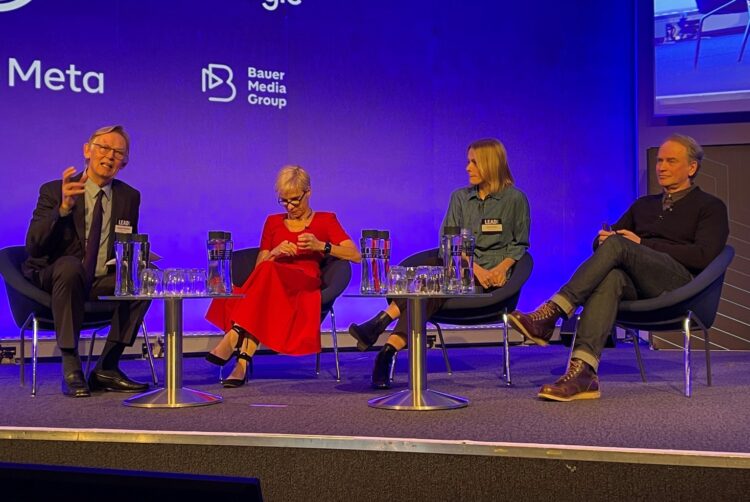According to the latest Credos research, Advertising Pays 2025, previewed with delegates at the LEAD 2025 event in London last week, there were 3.5m advertisers in the UK last year.
“I did a quick check back at the ranch to see how many advertisers ITV had last year and it was about 8,500,” said Kelly Williams, ITV’s managing director, commercial.
“So the long tail that everyone talks about is bloody long. It’s gigantic.”
Broadcasters have increasingly begun eyeing commercial opportunities in the long tail of advertisers. At December’s Future of TV Advertising Global conference, Comcast Advertising president James Rooke argued that TV needs to “embrace the Big Tech playbook” by making it easier for new-to-TV advertisers to spend on the channel.
The following month, Comcast announced Universal Ads, a cross-industry ad solution aimed at allowing advertisers of all sizes to buy against premium video “as easily as they buy from social media platforms”.
Built on top of Comcast’s FreeWheel adtech stack, Universal Ads will launch in the US during Q1 alongside a number of initial broadcaster partners.
Fat end of the long tail
In the US, new-to-TV direct-to-consumer advertisers currently spend $4bn on TV advertising and this is just “scratching the surface” on the “latent demand market”, according to Rooke.
This was echoed by NBCUniversal global advertising and partnerships chairman Mark Marshall, who identified premium video as offering a strong “middle of the funnel” option for small and medium-sized businesses (SMBs) looking to get more out of their media plans than they can on search and social alone.
NBCU ads chairman: Don’t reward agencies for cost mitigation
At LEAD, Williams called the long tail a “big opportunity for television”, but added that the majority of broadcasters’ efforts should be focused on targeting a sub-section of long-tail advertisers that he dubbed “FELT” brands.
FELT stands for “fat end of the long tail” — medium-sized brands with more money to play with that would more easily be persuaded to spend on TV.
“We think that’s our opportunity,” said Williams. “It’s finding those brands that have probably been built on social media and paid search, but are ready to scale. We’re spending a lot of our time as a television industry focused on that cohort at the fat end of the long tail and bringing in tons and tons of new advertisers.”
New advertisers are needed to grow the TV pie, especially as broadcasters’ share of total adspend has become dwarfed by tech platforms. Deborah Armstrong, Disney’s senior vice-president and general manager for media networks and advertising, EMEA, was asked in December whether new advertisers exist for TV, to which she replied: “Not enough.”
“The pie is flat,” she added.
AI and faster approval needed?
While SMBs might offer TV a lifeline, other hurdles stand in the way of making a TV ad buy as quick as a search or social ad buy. In the UK, Clearcast pre-approves TV ads to ensure they comply with the UK Code of Broadcast Advertising (BCAP) — a system that sacrifices speed for quality. Pre-clearance also occurs for broadcast VOD (BVOD), even though it is not required by BCAP.
Charlie Makin, founder of Be Addressable, previously told The Media Leader that while such regulation distinguishes TV as a high-quality advertising medium, “faster approval methods” are imperative to create a more level playing field against tech platforms.
In addition, the high costs associated with producing a high-quality TV ad will need to be reckoned with to attract more new-to-TV advertisers. Some broadcasters, notably ITV, are actively dabbling in producing ads with the help of generative AI with an eye on reducing costs for small advertisers.
At LEAD, sitting alongside Williams, Omnicom Media Group UK CEO Laura Fenton commented that, for her agency, the ability to “orchestrate and weave different solutions, talent, capabilities […] for those scale-up brands now is really key”.
She added: “What they need to drive growth looks very different from what it might look like for a McDonald’s.”
The case for abolishing Clearcast
This article has been amended after publication. A previous version of the article incorrectly referred to the research that found there are 3.5m advertisers in UK as IPA research when it is in fact research from industry think tank Credos.





